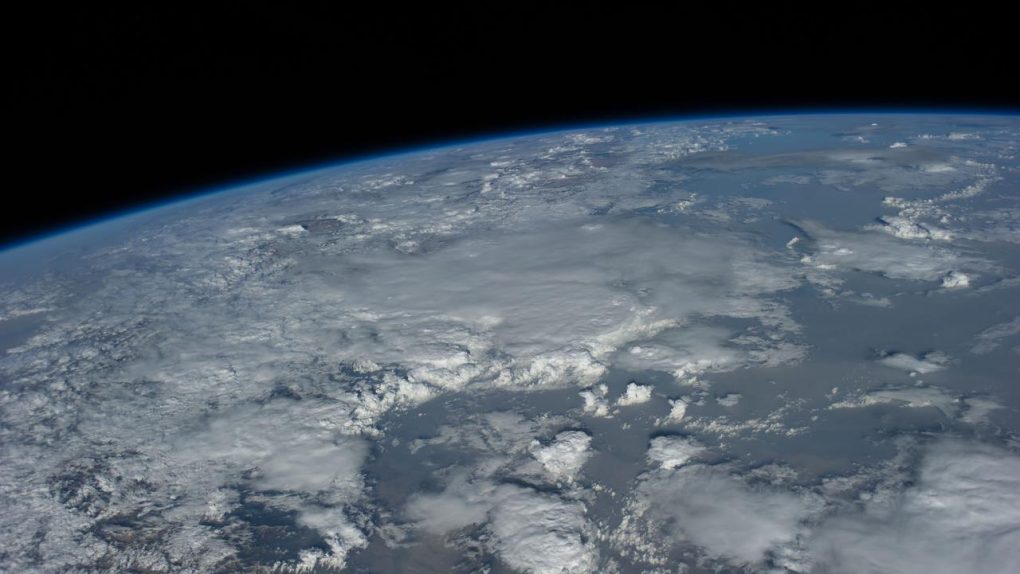- New research suggests that the deepest reaches of Earth’s oceans are being contaminated by mercury created by human activity.
- The mercury is likely being soaked up by fish close to the surface, the scientists say, and then when those fish die, they carry the toxic substance deep to the bottom of the oceans.
- This is the second paper that has linked mercury on the ocean floor with human activity.
Humans have a way of seriously messing things up. It’s an undeniable fact that mankind is responsible for the rapidly-shifting climate, and as far as trash goes, you can find manmade garbage in every corner of the globe. New research shows that mankind’s penchant for spreading filth even extends to the deepest reaches of the ocean, where humans can’t even tread.
In a new study published in Proceedings of the National Academy of Sciences, researchers reveal that high-levels of mercury have been found in ocean trenches, like the Mariana Trench, which is the deepest place in all of the oceans. That mercury originated in human pollution via the burning of fossil fuels, but how did it make it to a place where humans can’t even visit, let alone survive?
Today’s Best Deal

The research, led by scientists from the University of Michigan, believe that the high levels of toxic mercury originated from fish near the surface. These creatures are subject to human pollution from fossil fuel burning and other human activity and gradually amass deadly levels of mercury in their. When these fish die, they have a habit of sinking, and when they do they deliver that harmful material to areas that are otherwise immunue to human interference.
“Mercury that we believe had once been in the stratosphere is now in the deepest trench on Earth,” Joel Blum, lead author of the research, said in a statement. “It was widely thought that anthropogenic mercury was mainly restricted to the upper 1,000 meters of the oceans, but we found that while some of the mercury in these deep-sea trenches has a natural origin, it is likely that most of it comes from human activity.”
This is now the second research paper to draw a link between manmade pollution and mercury accumulating on the seafloor. A paper published back in July suggested that the mercury was finding its way to the ocean bottom via tiny particles that were gradually sinking. This new paper offers a different but also entirely plausible explanation in the form of dead fish, packed with mercury from their time near the surface, sinking to the bottom of ocean trenches and taking their toxic payload along with them.
“Yes, we eat fish caught in shallower waters, not from deep-sea trenches,” Blum notes. “However, we need to understand the cycling of mercury through the entire ocean to be able to model future changes in the near-surface ocean.”








